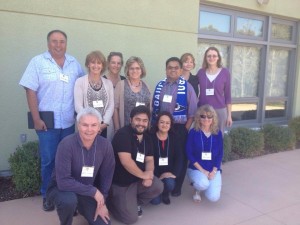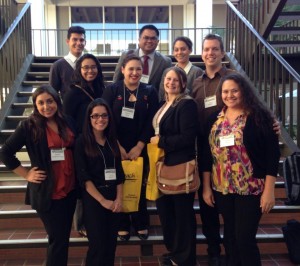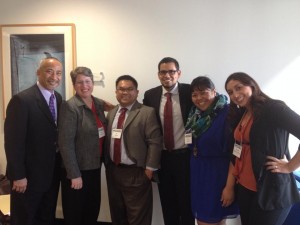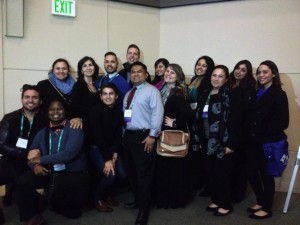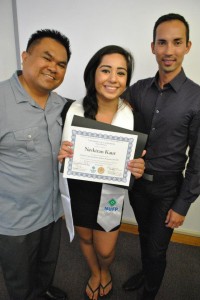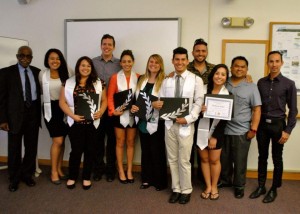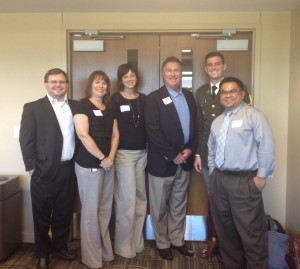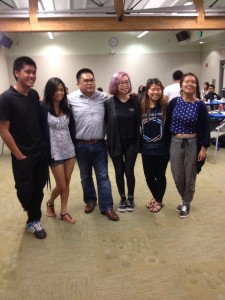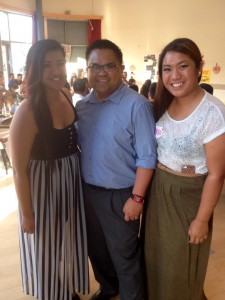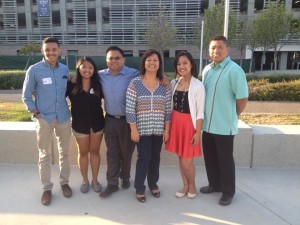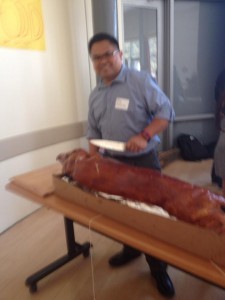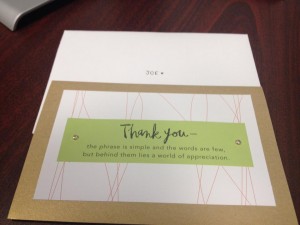Academic year 2013-2014 was a year filled with accomplishments and memorable events that impacted me professionally and personally. It was a year of connecting and working with new students, UCSB colleagues, as well as professionals from all over the country I met via social media. It was a year I committed myself to learning as much as possible about student affairs, IT, and higher education through books and my personal learning networks. Below are some highlights as well as memorable moments that impacted me personally and professionally.
Student Information Systems & Technology (SIS&T):
Our student affairs division and my department started working on several major projects this year as part of a comprehensive suite of technology initiatives we will be working on for the next few years. Amongst those projects I directed/managed include:
- Student Financial Systems Project – a redesign/migration of our existing undergraduate/graduate financial aid and scholarships system.
- Adoption/implementation of communication/collaboration applications:
- Emma (mass e-mailing solution)
- BaseCamp (project management)
- Google Analytics
- Sitefinity (web content management system)
- Sharepoint
- Intelliresponse (knowledge base system)
- Policy & Procedure Management (PPM) – document workflow approval system
- Communication Collaborative (CommCollab) – a divisional communication initiative aimed to advance the mission of our division using the network of staff from within our division using the tools mentioned above.
- Cloud Services Usage Guidelines
- Data Retention/Destruction Guidelines
We are indeed busy with projects, but our department likes to have fun as well. Our department retreat last December was one of the most fun events I’ve had with my colleagues. Check out this youtube video of our team having fun – http://www.youtube.com/watch?v=AU_P6a3nKp0.
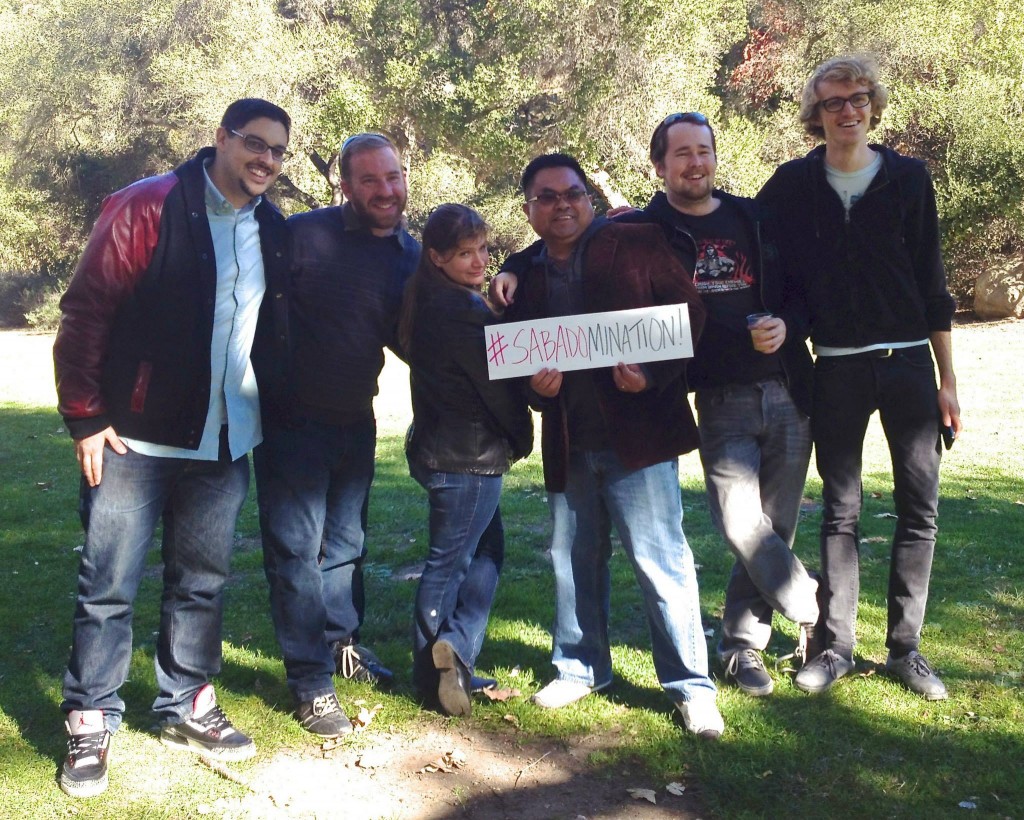 |
UCSB STEP Program (August 2013)
I was a Transitions course facilitator for this one-week summer bridge program for under-represented and first generation students. Just like the previous three years, it was a very enjoyable and satisfying experience, personally and professionally. This one week in August is my probably my favorite week of the year because I get to meet new students. These are students who are eager to learn and who are in a major transition in their lives. It’s amazing to watch the transformation that happens in a week. Personally, my interactions with the students are reminders of why I work in student affairs.
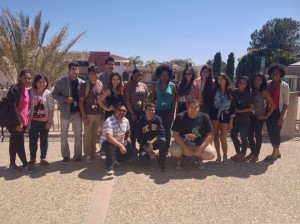 |
Foundations – New Student Affairs Professional Development Program (October 2013 – June 2014)
Foundations is a cohort-based program professional development program for new student affairs professionals at UCSB. It’s a new program intended to introduce new staff about theories and issues applicable to their roles. The program started with a three half-day “New Professional Institute” in October to introduce the participants to professional competencies, student affair structures, and overview of topics to be discussed during the year. Each month, we had a session devoted to topics including work/life balance, workplace communication, creating change, technology, shared governance/student leadership, and budget/salaries. After each session, a survey was conducted to assess the effectiveness of the event. I was fortunate enough to have been one of the program’s coordinators. I enjoyed working with the coordinating team and our cohort members.
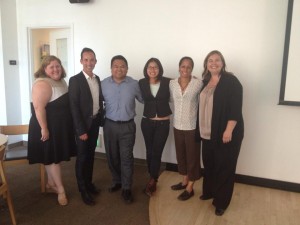 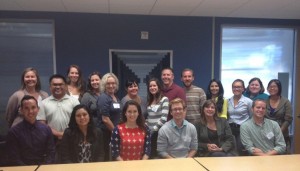 |
Gaucho U Learning and Leadership Program (October 2013 – May 2014)
I was a mentor for a team of 12 staff (cohort G) for this university-wide professional development program. It’s a cohort-based training and development program founded on the UC Core Competency Model. I was a participant two years ago and that experience provided me with some perspective on how to serve as a mentor effectively. Our project was to implement a prototype of a mobile version of our campus homepage. Part of the effort included research by the members on what other UC campuses have already in place, as well as soliciting feedback from our campus via a survey of mobile use and preferences. From what I know, this is the first campus-wide survey regarding mobile usage that’s ever been done at UCSB. What I loved about this program was the opportunity to work and mentor staff from other parts of the campus I would never have had the chance to interact with if it was not for this program. The best part of the experience for me is watching the members develop as leaders. There was one staff in particular who was very shy at the beginning of the program but I had the hunch she could serve as an effective leader for our group, based on the initial interactions I had with her. I selected her as one of the team leaders and it was amazing watching her come out of her shell and show her leadership skills.
NASPA Undergraduate Fellowship Program (NUFP) (October 2013 – June 2014)
NUFP is a program designed to provide mentorship to underrepresented students interested in pursuing careers in higher education and student affairs. Students are provided with opportunities to learn more about student affairs via activities and discussions, including a trip to the NASPA national conference. I was a mentor this year and it was an amazing experience working with the highly motivated, smart, and very involved students. Some of the highlights include a trip to the Western Regional Careers in Student Affairs Day in November at CSU Long Beach. It is during this trip that I had the opportunity to interact with some of our NUFP fellows and talk about their interests and issues. It was also during this conference where I met a few student affairs colleagues I met through social media for the first time face-to-face.
The trip to the NASPA national conference in Baltimore last March was a fun experience for the mentors and our fellows. The trip provided our team to get to know more about each other. It was an educational experience for all of us, learning more about issues/trends in student affairs and networking with other graduate students and professionals outside our campus.
The year ended with the fellows presenting their research topics to the campus. The topics included the use of resource center towards student success, multiracial identities, and LGBTQIA. The event was attended by our Vice Chancellor for Student Affairs, other senior student affairs officers, staff, and students. Watching the fellows present, including my mentee, Navkira (Navi) Kaur, was a moment of pride and joy.
External Review of Texas A&M University (TAMU) Student Affairs IT Department (September 2013 – December 2013)
I had the honor and privilege of leading an external review team to examine the IT department as part of TAMU Division of Student Affairs’ assessment efforts. I consider it a privilege because I was recommended by their IT Director for my online reputation as one who is experienced in student affairs technology. I learned a lot from this experience. For one, I was able to get a glimpse of another student affairs IT department and compare it with my own IT department. In addition, I read many IT and technology-related books, including ITIL framework, governance, and funding models. It was one of the most intense project I’ve experienced professionally. As the team leader, I had to quickly develop rapport with the other members (TAMU staff) virtually (web conference calls), and plan the three day on-site visit. As soon as I arrived on the campus and got my luggage in my room, the work immediately started with a meeting with some of their student affairs senior leadership to outline the expectations during the visit. For the next three days, it was back-to-back meetings all day, interviewing different constituencies including the IT group, the divisional customers, and the division’s senior student affairs officers (Vice Presidents). The days ended with a team meeting in the evening to review our notes. The on-site visit ended with a presentation of our findings to the directors and IT staff. My work was not done after the visit as I still had to produce a report of our findings and recommendations, with input from the other team members. In the end, it was one of the most satisfying experiences of my career. What I remember from this experience are the friendly TAMU staff and the very polite student leaders. The student representative on our team was the student body Vice-President and he wore his cadet uniform the whole time I was there. He was very formal and very respectful, addressing me and other staff with “yes, sir/yes, ma’am.” He had very thoughtful input and added a very important perspective to the process.
NASPA (National Association of Student Personnel Administrators) – (October 2013 – June 2014)
NASPA is one of the two major student affairs professionals organization. I became more involved with NASPA this year through NUFP as well as through their technology initiatives. I attended the national conference for the first time and I was very impressed with the programming and the size of attendance. I was honored to be asked to participate in a two-day technology summit in Washington, DC to talk about issues and trends related to student affair technology. The group represented different constituencies in higher education and student affairs. One of the many highlights of the tech summit was meeting other colleagues I met via twitter for the first time face-to-face. While we’ve only interacted virtually before the tech summit, it was as if we’ve known each other and have been friends for a while.
NASPA Tech Summit (February 28th – March 1st) – Washington, DC
 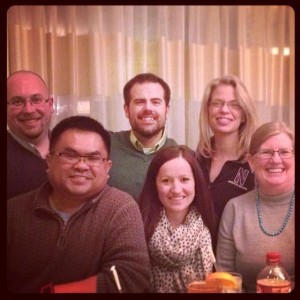 |
NASPA National Conference (March 14th – 19th)
The trip to the national conference in Baltimore was a very memorable experience. Spending time with our NUFP team, meeting and spending time with someone from Scotland, learning about student affairs issues/trends all contributed to a week I will never forget. In addition, I also had the opportunity to meet other Asian-Americans and Filipino-American colleagues. We also had a #sachat meetup. This is a get together of folks who are part of the #sachat twitter community.
 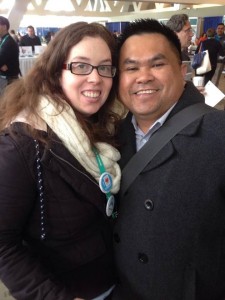 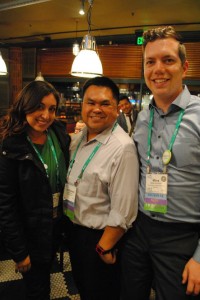 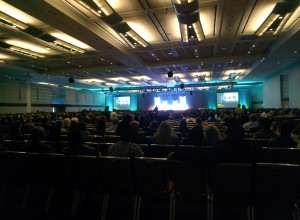 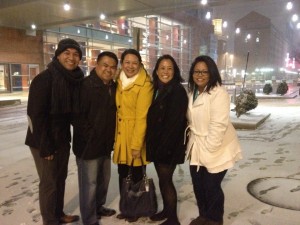 |
Kapatirang Pilipino (KP) – (Spring 2014)
KP is the Filipin@-American student organization at UCSB. As an undergraduate student, I was very involved as a member and a leader. I was also KP’s staff advisor for years. A few years ago, KP leaders decided to go with a new staff advisor, and so I gradually became less-involved with the organization to a point where I did not know many Filipin@-American students. I was invited to attend an event during Spring quarter this year and I was more than glad to attend. What a wonderful feeling it was to be able to meet the students, including a group of them, who are part of my “KP family” lineage. One of KP’s long running tradition/program is the Kuya/Ate (big brother/sister) program that promotes the idea of mentoring by more experienced members to new members. As years had gone by, these “family lines” continued.
I also attended KP’s 35th anniversary celebration. I met additional students and reunited with some alums. One highlight of this celebration was getting to serve a lechon – a whole roasted pig.
Isla Vista Shooting Tragedy (May 23rd)
The tragedy that happened in Isla Vista on May 23rd when we lost some of our students really impacted me personally. UCSB/Isla Vista is a community I’ve been a part of since 1991 when I entered UCSB as a freshman. While I didn’t know the students we lost, I felt angry, lost, and confused. At the same time, in the midst of this horrible tragedy was a display of community I have never seen before. From my colleagues volunteering their time to counsel and provide any needed services, moments after the shooting, to the candlelight vigil attended by 5,000 students and community members, to the 22,000+ who attended the memorial at our stadium, these actions/events really confirmed why I love my job and while I’m still at UCSB.
Commencement Ceremonies (June 12, 2014)
I volunteered to be part of the commencement ceremonies for the first time this year and what a fun experience that was. Helping students inside our gym as they line up and watching them find their friends so they can march together was a really satisfying moment for me. I also got to work with my wife, who helped coordinate the College of Engineering and Sciences Commencement Ceremony.
STEP Program in August started the year for me and I ended this year by saying goodbye to one of the students, Ange, I met three years ago via this program. I am very honored for her to consider me as a mentor. Ange will be spending the next three years in China pursuing her Masters Degree.
I also received a very nice “thank you note” from a student I just recently met through KP. The note was particularly significant to me because it showed that as a student affairs professional, I can be a difference in students lives the first days they arrive on campus, like at STEP Program, or during their last months here at UCSB.
I’m excited and the same time anxious to what the next academic year brings. There are significant changes in our division with the retirement of our senior leadership and the change in leadership will provide opportunities and challenges.
